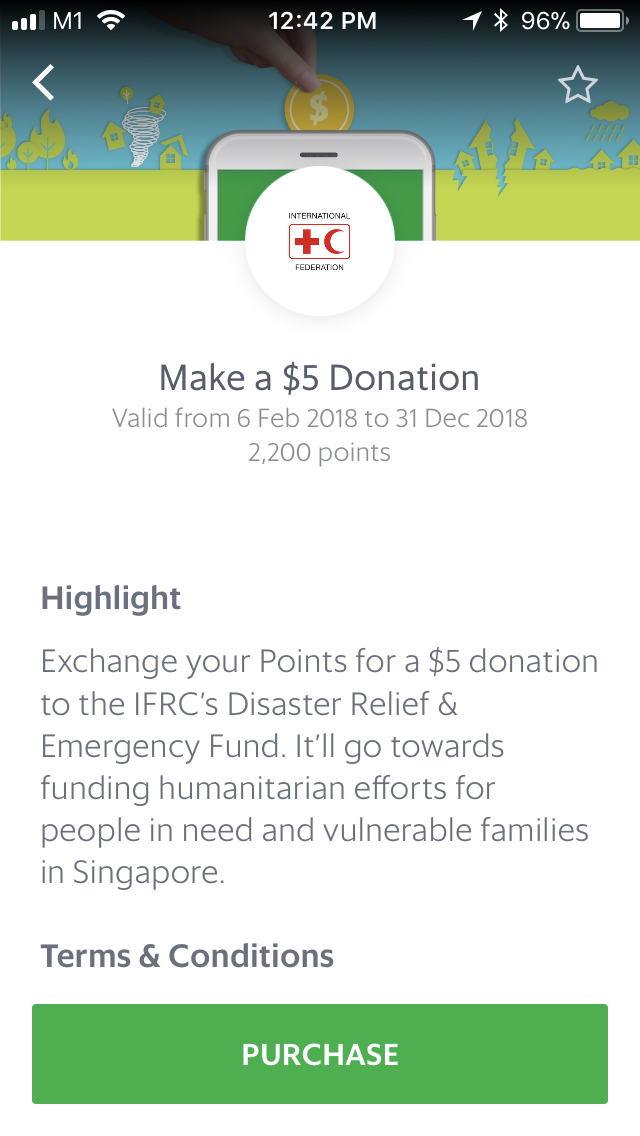
Finally, Grab has begun focusing on financial services, which includes GrabPay, GrabInsure, and GrabFinance among others. Second, it focuses on food delivery, whether from restaurants or from grocery stores. Its first and most important is ride-hailing, which connects five million "driver-partners" with customers. It operates across eight countries in the Southeast Asian region.Īt its core, Grab has three main businesses. "We enable millions of people each day to access driver- and merchant-partners to order food or groceries, send packages, hail a ride or taxi, pay for online purchases or access services such as lending, insurance, wealth management and telemedicine." The company states in its prospectus that: But like Uber, it aims to be so much more. Grab is at its core a ridesharing company and debuted as a taxi app in Malaysia in 2012. Grab could very well become another Uber ( UBER), which after its recent fall is now trading below its IPO price of 2.5 years ago. But when one looks at Grab's financial numbers and prospects, there are many reasons to be very concerned about this company's future.



As of the time of writing Monday morning, Grab currently has a share price of $8.99, giving it a market cap of around $35 billion.Ĭompany president Ming Maa put a brave face on this initial result, telling Fortune that Southeast Asia is on the cusp of a digital revolution and that he believes Grab can grow rapidly and become profitable. But as CNN reported, the company's valuation declined by 21%. The company, or rather the SPAC it merged with known as Altimeter Growth Corp, debuted its IPO last Thursday at a price of $13.05, achieving a valuation of nearly $40 billion and making it one of the largest IPOs of the year. The past few days have not gone well for southeast Asian company Grab ( NASDAQ: GRAB).


 0 kommentar(er)
0 kommentar(er)
